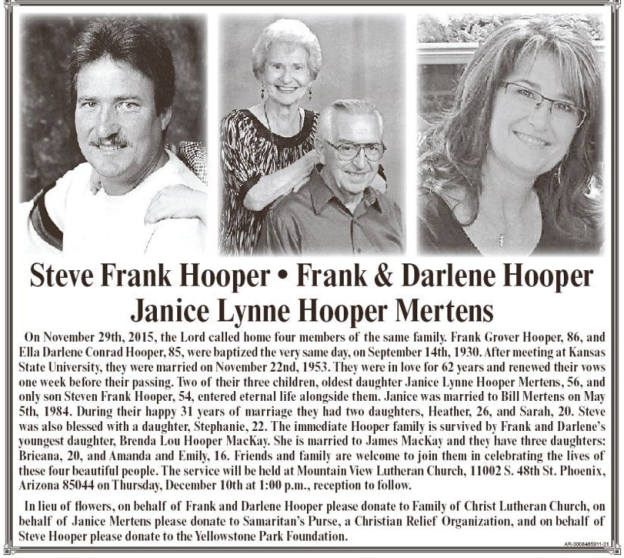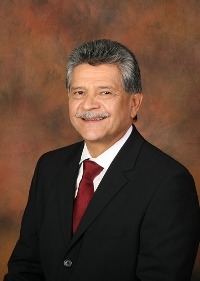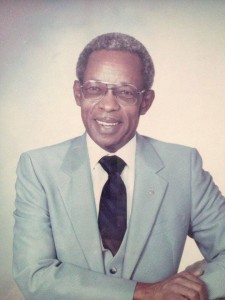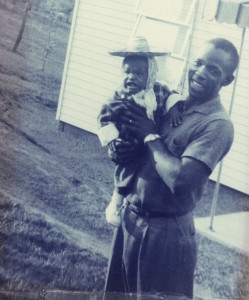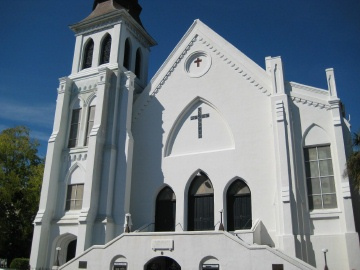It’s a good day when references to Sisyphus, Machiavelli and John Adams pop up in perfect moments during a short interview. What a departure from the unavoidable social media poison accepted as civic engagement and productive discourse.
Thoughtfulness and community spirit can sprout and grow in the harshest political and social landscapes. Phoenix, in many respects, is such a place. But here’s a riff that warms my heart. It’s by a Valley business leader, who would be considered a conservative in another time and place, discussing one challenge of making Phoenix the healthy, inclusive, resilient place it should be:
“I’m very passionate about a legacy for this community, for my children and my grandchildren to have a cultural economy that feeds the soul of the community but also attracts and retains the kinds of businesses that we need for economic development. It’s critical to our success. And while people will say that with platitude and with words, there is not a lot of action. I’m one of the lone rangers out there just beating the drum. I think I’m like John Adams: I’m obnoxious and disliked about this, but, nonetheless, it’s important. In my world, no is just the beginning of the conversation.”
Word. Right on. Amen.
Getting to “yes” on healthy societal changes requires a long view, steadfastness and commitment.
Persistence.
The resistance language spoken so loudly today in the public square means nothing without persistence. Resistance movements are often spirited are difficult to sustain.
Persistence infused with insistence endures. The most effective change agents have led righteous persistence movements.
Establishing an American society where human values are self-evident is a work in progress. It always has been. The best work on universal goals always has been at the local level — by city block, neighborhood and zip code and by school, city council and legislative districts. An insistence on doing the right thing changes the world around you.
That principled work is harder in some moments than in others. “No” can sound emphatic, and it’s dispiriting. We’re in one of those moments. Persistence pushes us forward on the path to “Yes!”




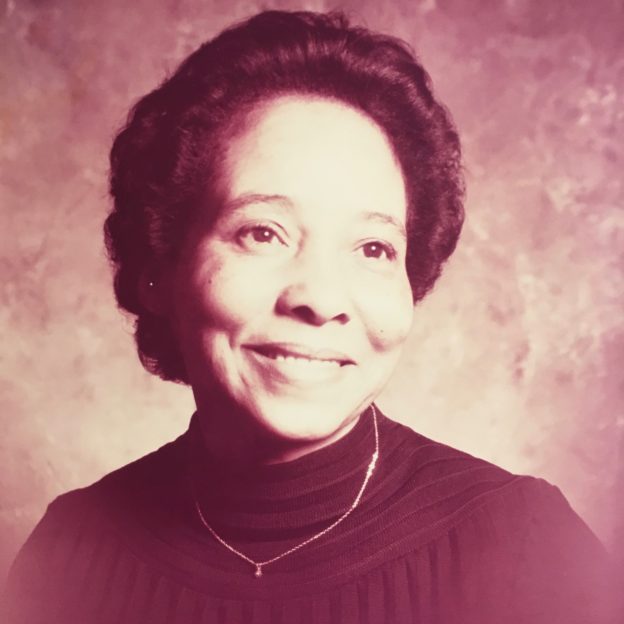
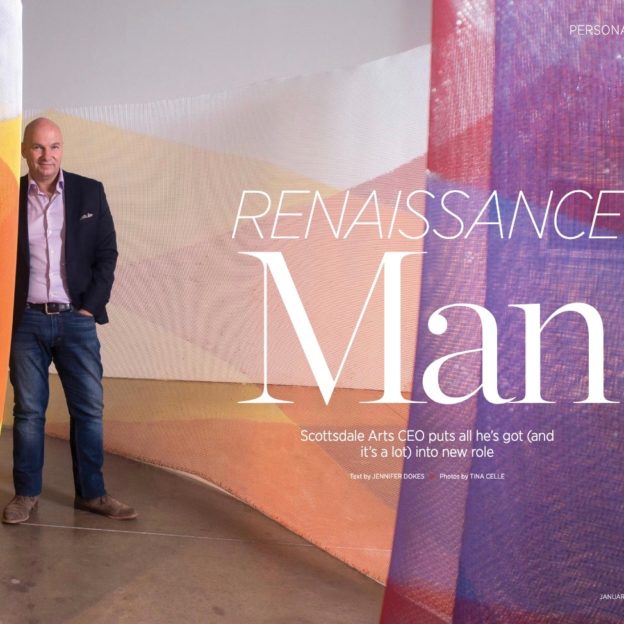
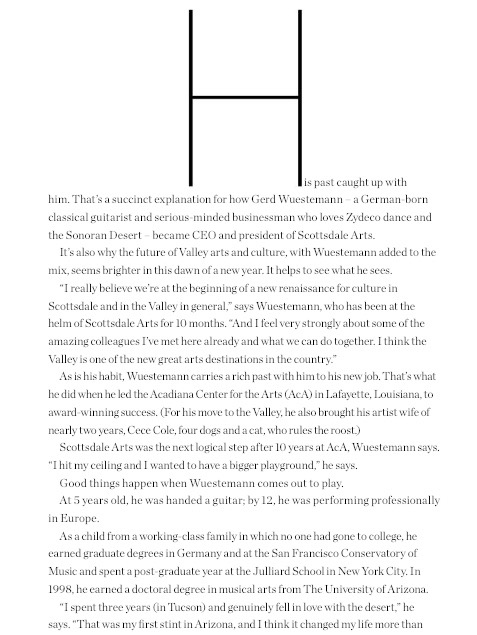
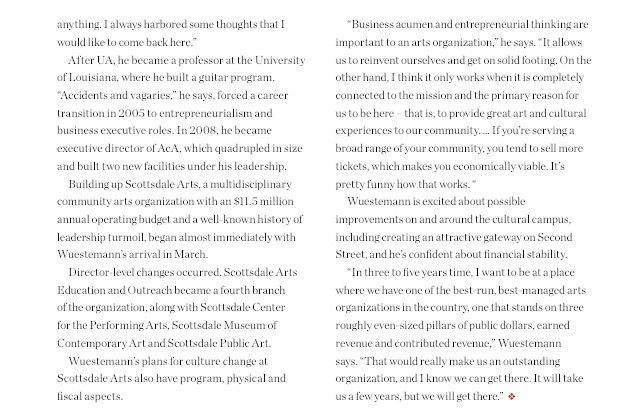

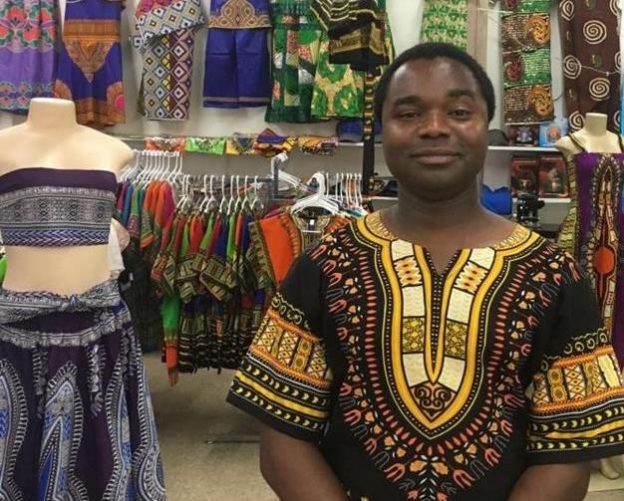


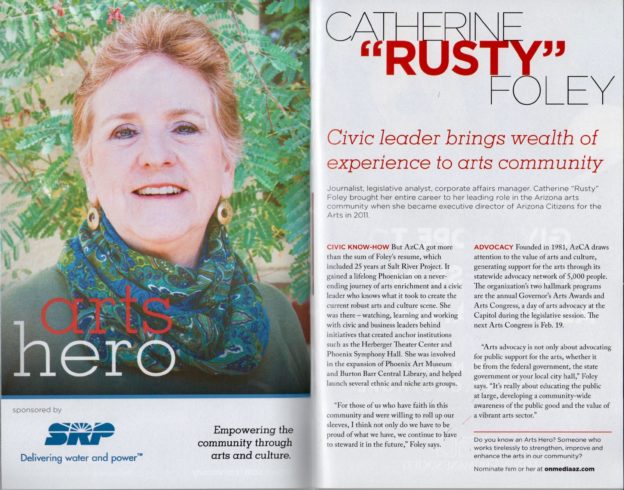
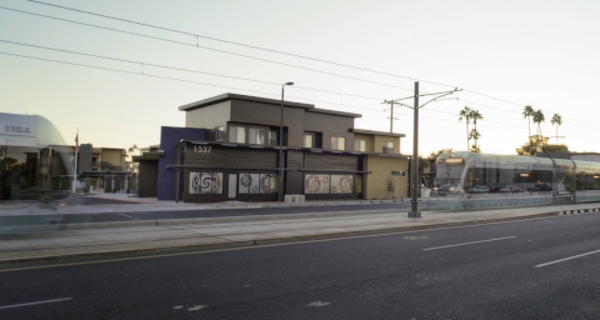


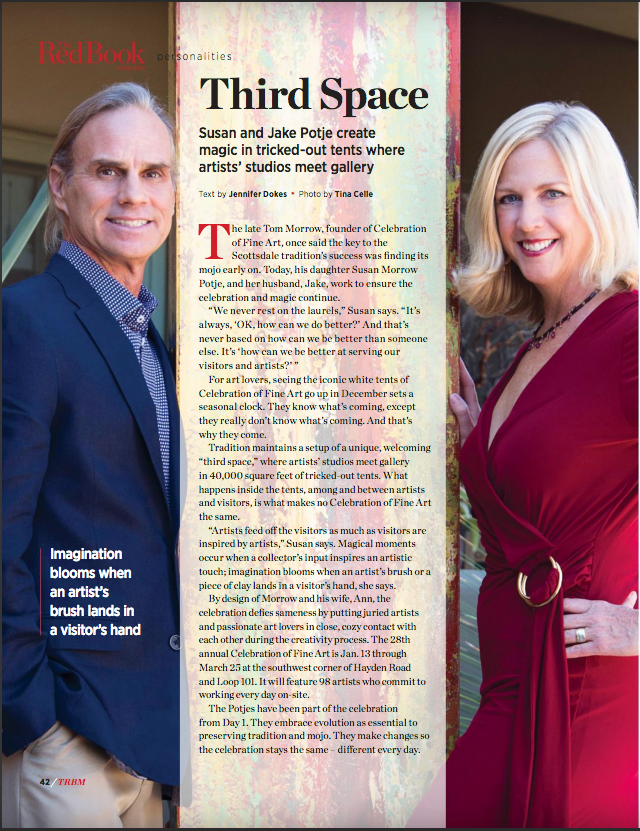
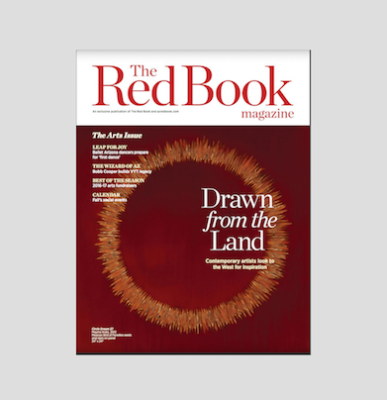
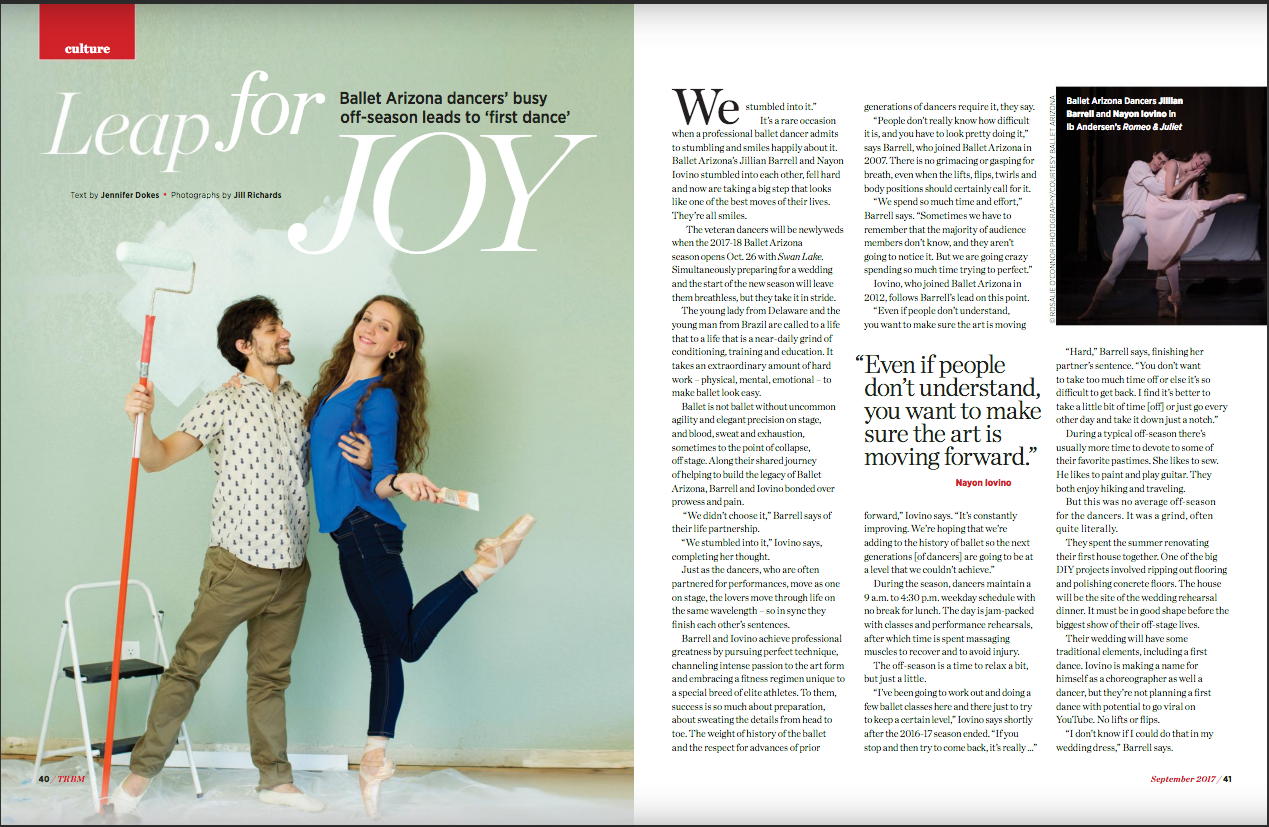

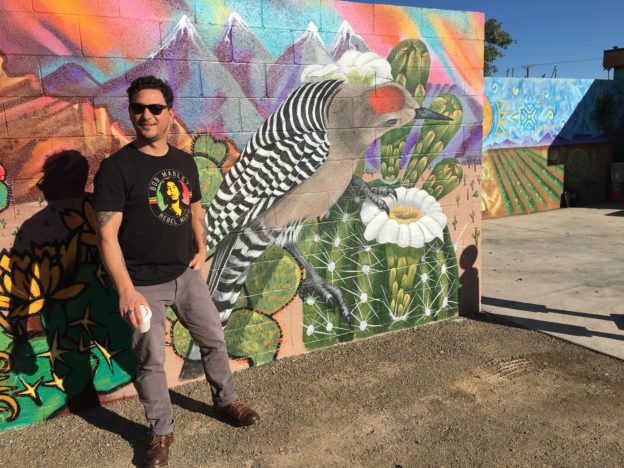
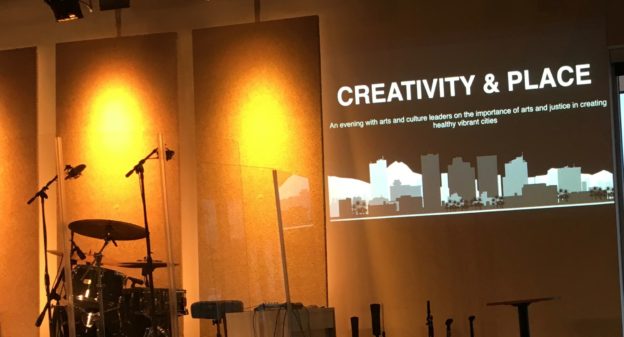


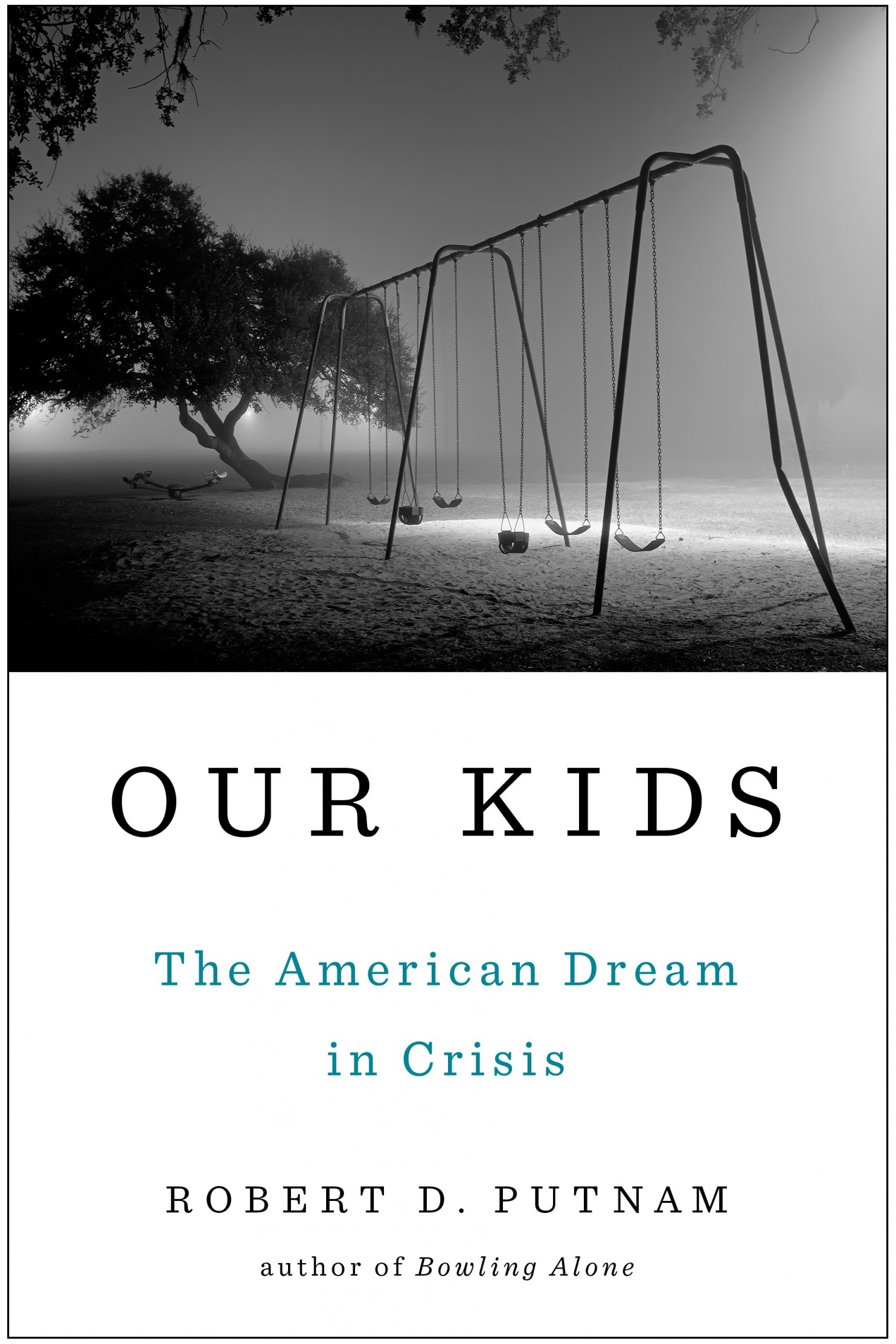
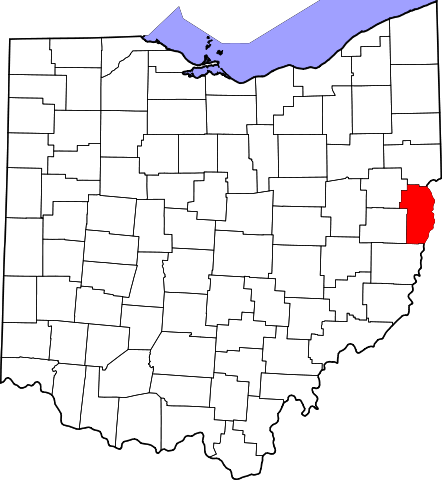
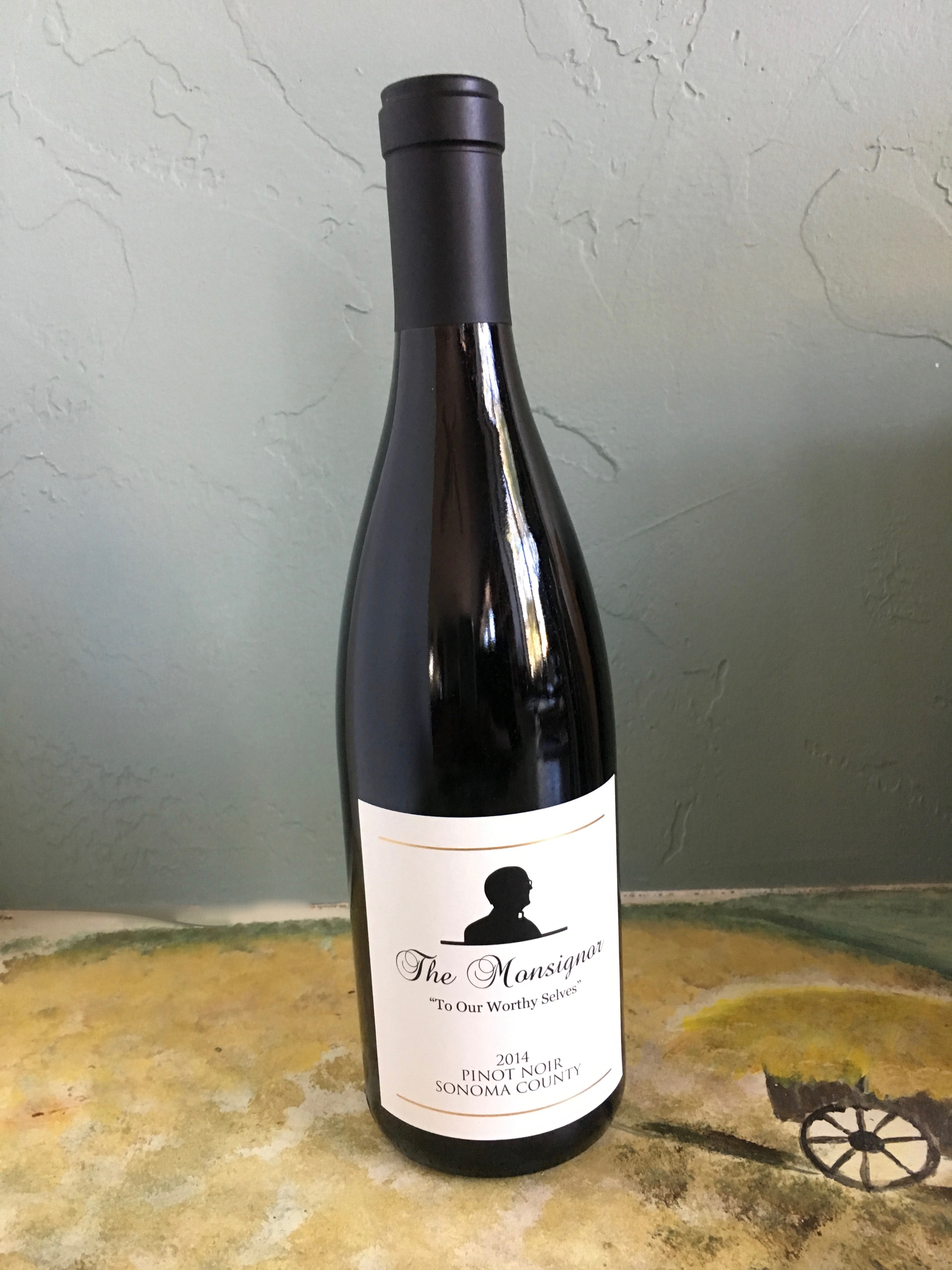

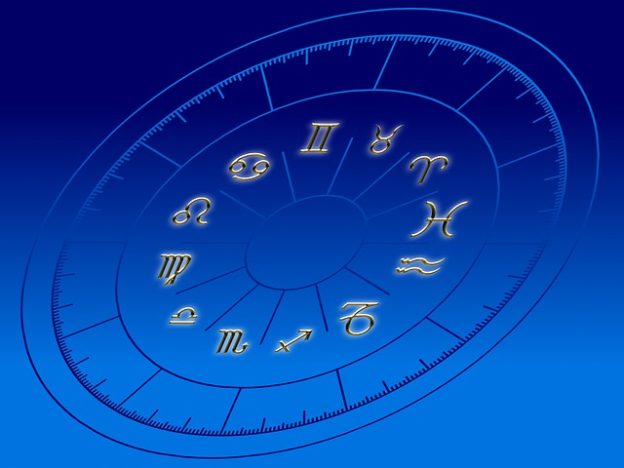
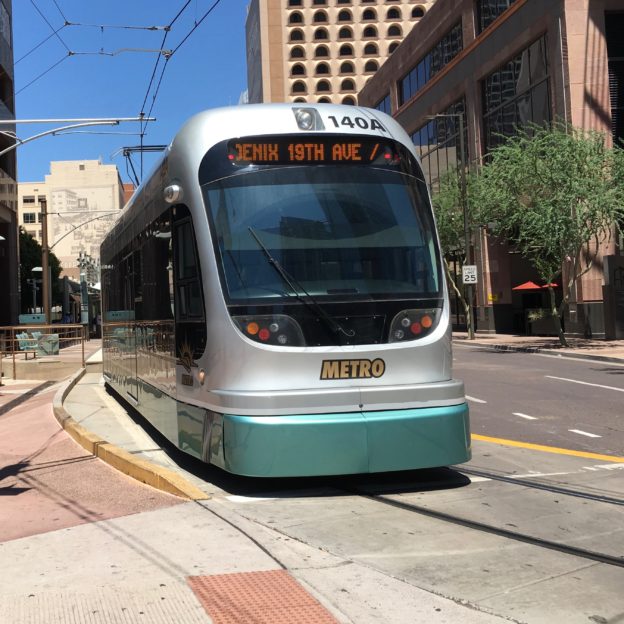




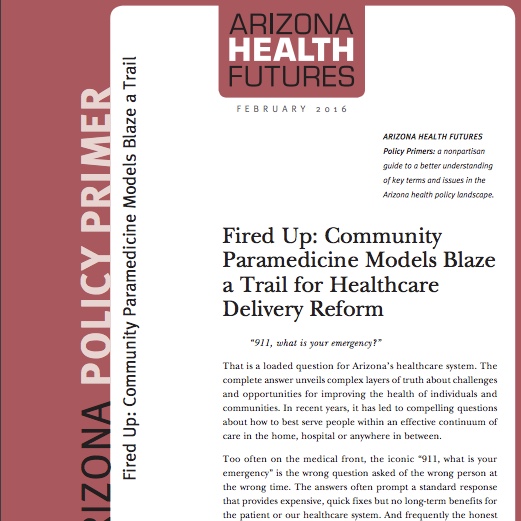
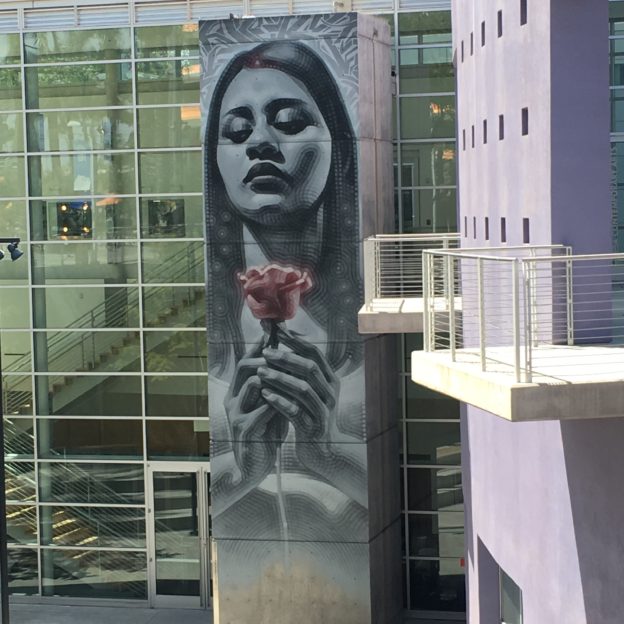

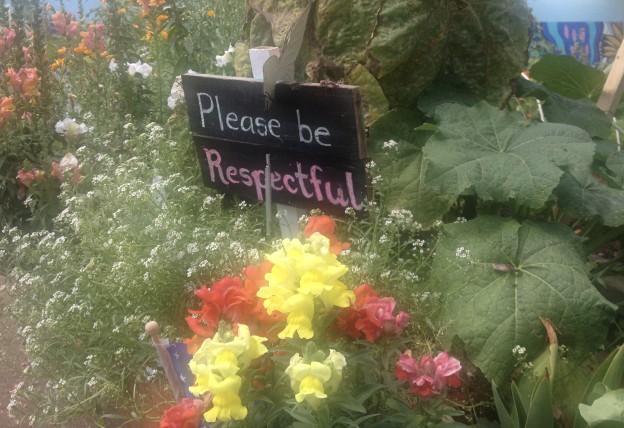
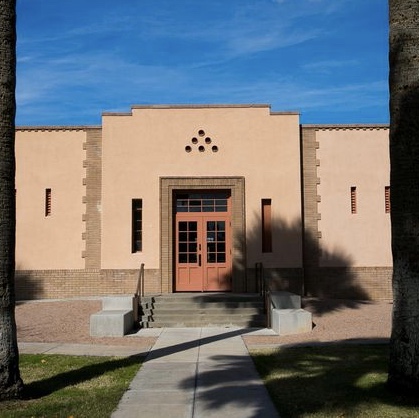
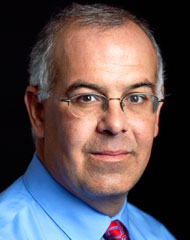 Two great passages from David Brooks’ “
Two great passages from David Brooks’ “